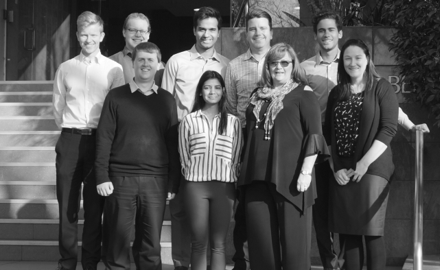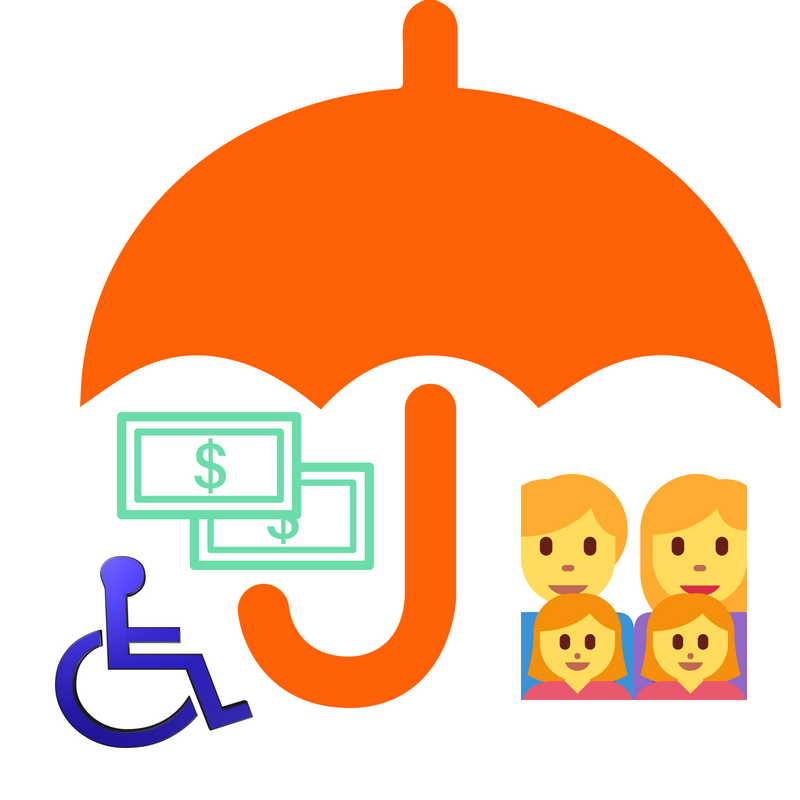
Are you really ready to retire?
 For most Australians, retirement planning is a financial exercise. If you have done the ‘right’ things, contributed to your superannuation and accessed quality advice on managing your nest egg, then you’ve taken the first steps towards a successful retirement.
For most Australians, retirement planning is a financial exercise. If you have done the ‘right’ things, contributed to your superannuation and accessed quality advice on managing your nest egg, then you’ve taken the first steps towards a successful retirement.
However, it is far too easy to think of retirement as a financial number you achieve and an extended holiday. This approach is fraught with danger and misses a crucial part of preparing for your new circumstances.
You should consider several key areas as you create your retirement life.
1. Understand what kind of life you want
Far too many pre-retirees make the mistake of thinking that the financial and retirement plans are the same things – that the life part will take care of itself.
This stage of your life deserves a more holistic look, and plan to understand what you want your life to look like. What changes do you anticipate as you navigate retirement? How will you get the most out of each and every day?
These are important questions as you contemplate your move into this next phase of your life.
2. Mental & physical aging
Healthy aging is a major part of your retirement plans and lifestyle.
While the aging process is normal and affects us all in different ways, there are some things that we can all do to ensure that we “put time on our side” by looking after ourselves.
Most people think that being healthy physically is the key to healthy aging. In retirement, healthy mental aging is just as important (some say even more so). Keeping yourself mentally active each and every day will ensure you nourish your mind to maintain your mental health. Engaging in the many options available to keep you physically active will support your overall well-being by maintaining your mind, body and soul.
3. A positive definition of ‘work.’
Even when you leave the traditional workplace, you will still have a need to share your workplace strengths and skills. If you have a positive attitude towards the workplace, then the desire to have a retirement free from any kind of work becomes irrelevant.
Work doesn’t have to be full-time, it doesn’t have to be something you don’t like to do, and it doesn’t even have to be for pay! Many retirees use volunteering as a way to replace the things they miss most about their previous work.
The grey army is recognised for its value in today’s society and often fills the workforce gaps due to a skills shortage.
4. Family & personal relationships
Our close personal relationships define us, give us a purpose for living and encourage us to create life goals.
In retirement, our friendships and close relationships may offer us the validation that we may have received in the workplace. Researchers have found that people in satisfying personal relationships have fewer illnesses and higher levels of good overall health, adding to your retirement enjoyment and years of your life!
5. An active social network
As you get older, your social support network becomes increasingly important.
Successful retirees generally have robust social networks that provide them with friendship, fulfilling activities and life structure. As part of your retirement plan, consider the important connections you have created and what you can do to continue growing your social network.
6. A balanced approach to leisure
We all enjoy leisure time, but things change when leisure becomes the central focus of our day-to-day life. By its very nature, leisure loses its lustre when it is the norm in our life rather than a diversion.
In retirement, leisure activities often replace workplace functions to meet our basic needs. Successful retirees balance their leisure over many different activities and take the opportunity to do new things and not get into a rut.
When assisting clients through the transition to retirement, we encourage clients not only to consider the financial aspect of retirement and what lifestyle areas to explore for a fulfilling retirement. You can have all the money in the world. However, your retirement may not reach the heights you had hoped for without a plan to achieve it.
Speak to the JBS Financial team to discuss your plan for the life you want to live in retirement.
Jenny Brown – CEO







 There are 2 ways to structure jointly held assets and both are treated differently for estate purposes. The first and more common way is what is known as ‘Joint Tenants’. In this scenario, if you were to die, the asset automatically goes to the other owner. For example, a husband and wife purchase a house as joint tenants, if the husband were to die, the wife would now own the entire house. It does not form part of his Will.
There are 2 ways to structure jointly held assets and both are treated differently for estate purposes. The first and more common way is what is known as ‘Joint Tenants’. In this scenario, if you were to die, the asset automatically goes to the other owner. For example, a husband and wife purchase a house as joint tenants, if the husband were to die, the wife would now own the entire house. It does not form part of his Will.


 Here are 5 facts about retirement that you should be looking at before retiring.
Here are 5 facts about retirement that you should be looking at before retiring.
 Being an adviser comes with a huge amount of responsibility, that we often take for granted and it’s not until we are able to sit back and reflect on all the good that we do that we often realise just how much of a difference we can and do make in our client’s lives. Take today, let me tell you about three clients, their stories and how it all unfolded, firstly let me introduce you John* and Sue*, they are both 70 and fairly typical retiree clients. They have combined investible assets of $850,000 and are receiving overseas pension income of $17,000. Their living expenses are around $60,000 including some low-cost holidays and they don’t qualify for any Centrelink at this point.
Being an adviser comes with a huge amount of responsibility, that we often take for granted and it’s not until we are able to sit back and reflect on all the good that we do that we often realise just how much of a difference we can and do make in our client’s lives. Take today, let me tell you about three clients, their stories and how it all unfolded, firstly let me introduce you John* and Sue*, they are both 70 and fairly typical retiree clients. They have combined investible assets of $850,000 and are receiving overseas pension income of $17,000. Their living expenses are around $60,000 including some low-cost holidays and they don’t qualify for any Centrelink at this point.



 1. Renewability of Cover:
1. Renewability of Cover:
 Let’s firstly have a look at the disability pension through Centrelink. To be eligible you must firstly be between ages 16 to pension age, pass the residency requirements and meet the income / asset test. Once you’ve met all these conditions your disability will then be assessed. To meet the disability requirement, you must be either permanently blind or assessed to be physically / mentally impaired and unable to work for more than 15 hours or more per week for the next 2 years. Furthermore you may be required to participate in support programs going forward. In other words your disability or condition must be very severe and permanent for you to receive support from Centrelink. Then there’s the NDIS (National Disability Insurance Scheme), which again is run by the government for anyone who suffers permanent disability such as permanent blindness, Down syndrome and autism. The biggest misconception regarding what the NDIS offers is the fact that NDIS does not offer monetary support, but rather provides aids and equipment to anyone who is eligible.
Let’s firstly have a look at the disability pension through Centrelink. To be eligible you must firstly be between ages 16 to pension age, pass the residency requirements and meet the income / asset test. Once you’ve met all these conditions your disability will then be assessed. To meet the disability requirement, you must be either permanently blind or assessed to be physically / mentally impaired and unable to work for more than 15 hours or more per week for the next 2 years. Furthermore you may be required to participate in support programs going forward. In other words your disability or condition must be very severe and permanent for you to receive support from Centrelink. Then there’s the NDIS (National Disability Insurance Scheme), which again is run by the government for anyone who suffers permanent disability such as permanent blindness, Down syndrome and autism. The biggest misconception regarding what the NDIS offers is the fact that NDIS does not offer monetary support, but rather provides aids and equipment to anyone who is eligible.
 One of the first things retirees quickly discover is that they have too much time on their hands with nothing to do. Playing a round of golf with mates or enjoying a drink at the bar will only fill up a certain amount of time in the day and you can’t go doing the same thing every day. Retired couples and singles alike will quickly become very unhappy once they run out of things to do.
One of the first things retirees quickly discover is that they have too much time on their hands with nothing to do. Playing a round of golf with mates or enjoying a drink at the bar will only fill up a certain amount of time in the day and you can’t go doing the same thing every day. Retired couples and singles alike will quickly become very unhappy once they run out of things to do.